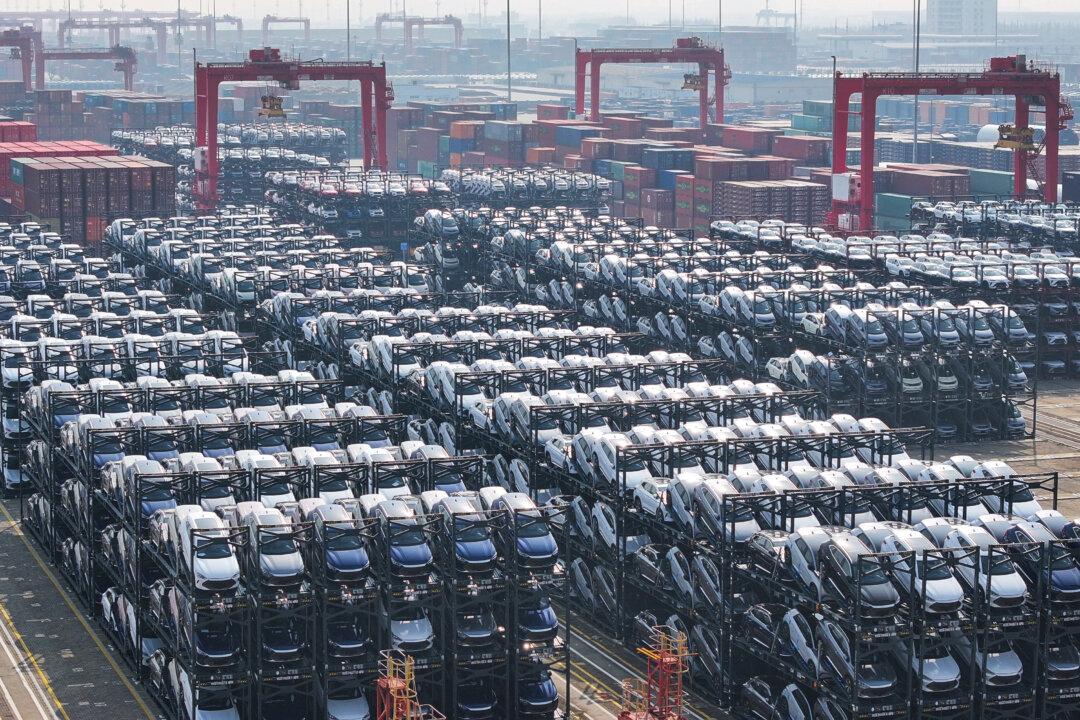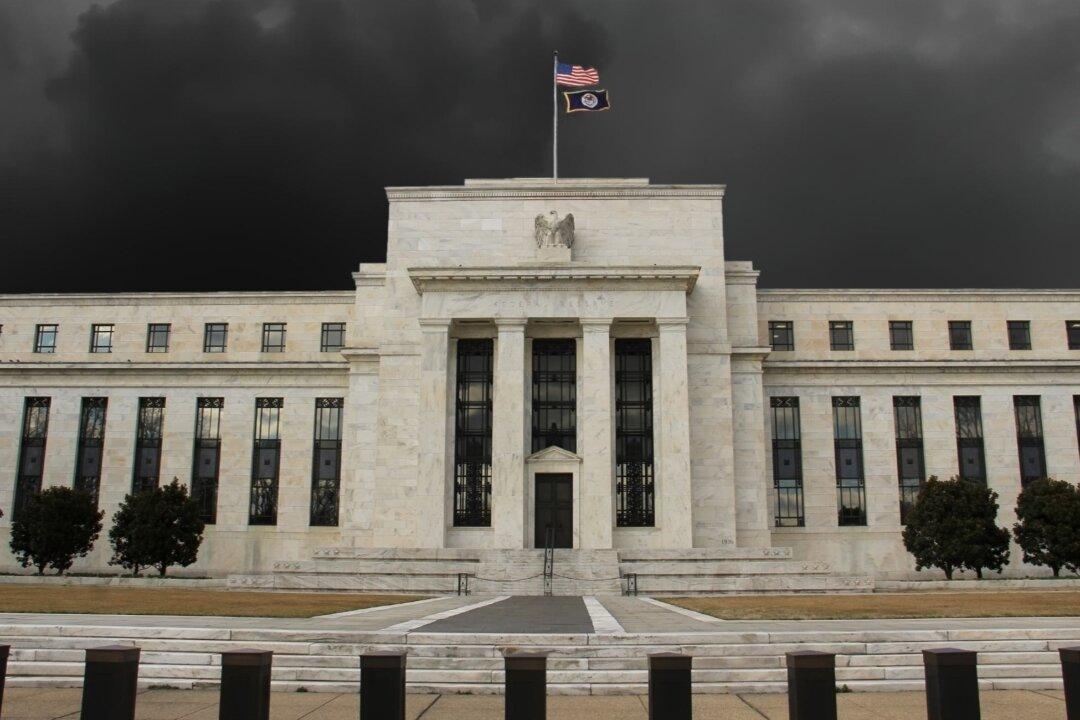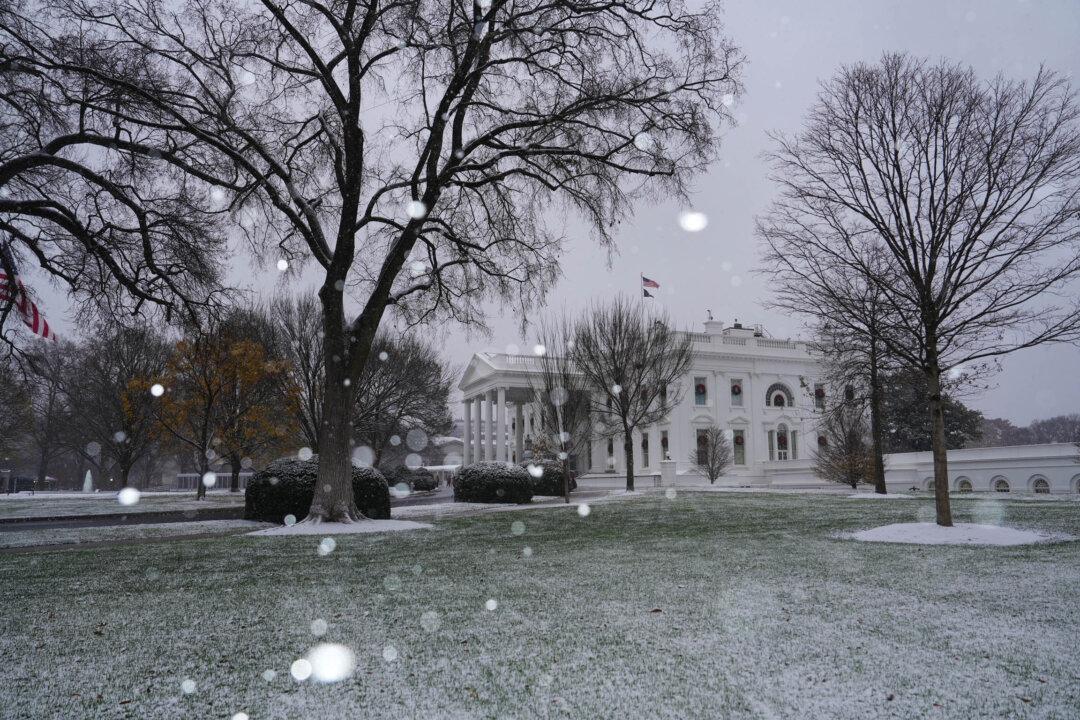Commentary
The financial news media is reporting that China’s lending policies are undergoing another shift, away from troubled real estate and local land development back to manufacturing. This is not the market speaking. It is a decision made from the center, by the Chinese Communist Party (CCP), and carried out by the central bank. The target is, of course, mainly U.S. manufacturing, electric cars, and “green energy” capital such as solar panels.





